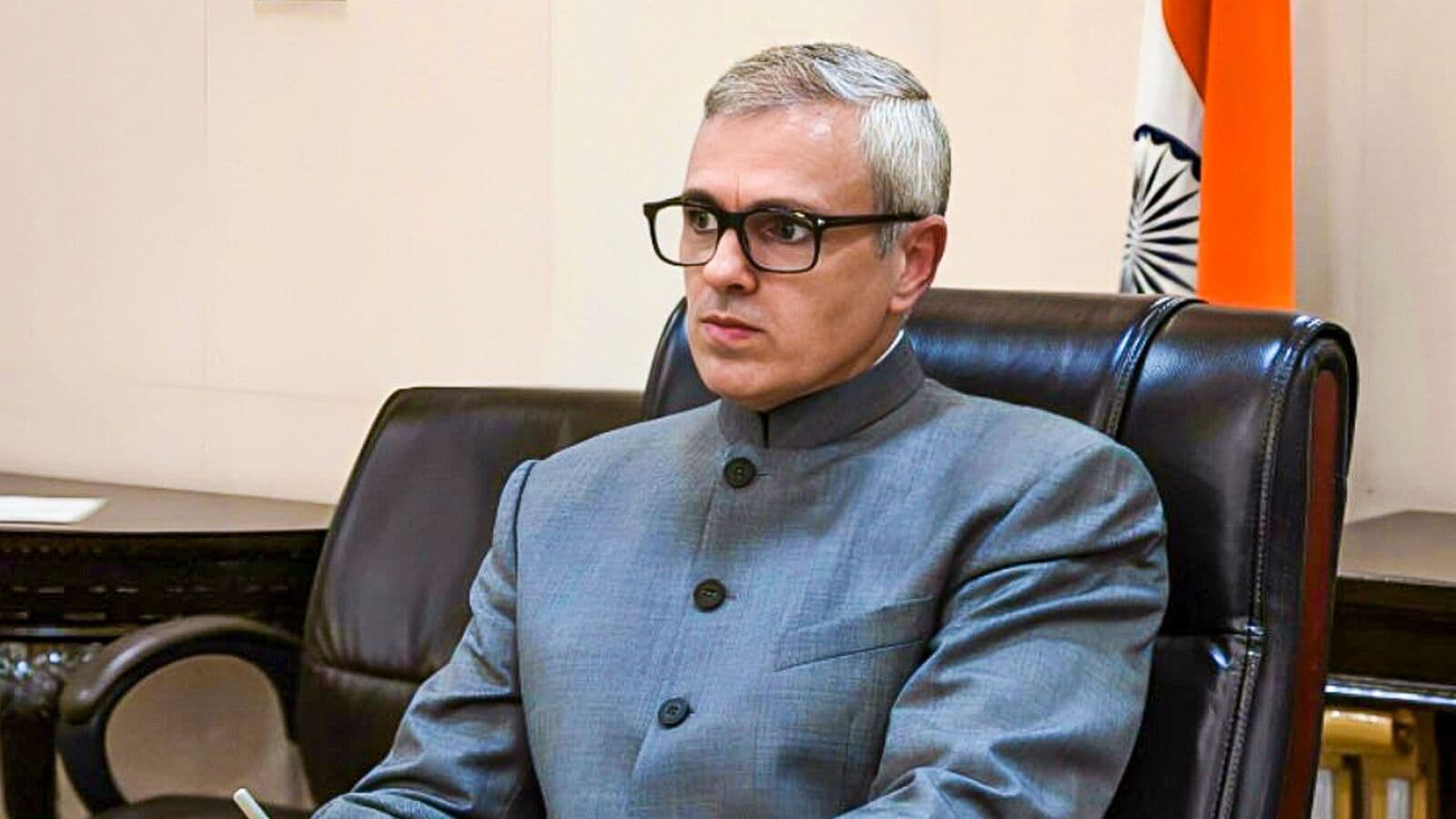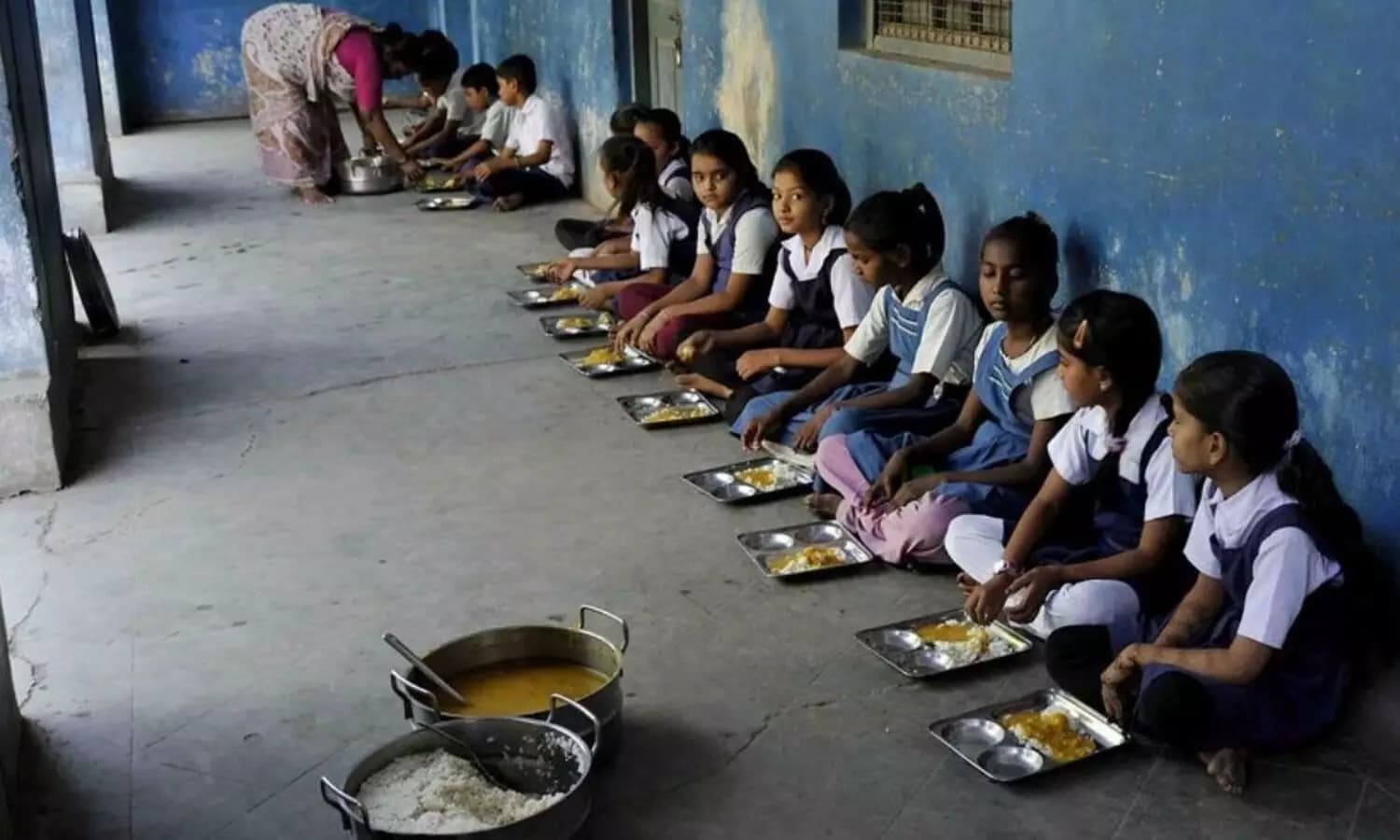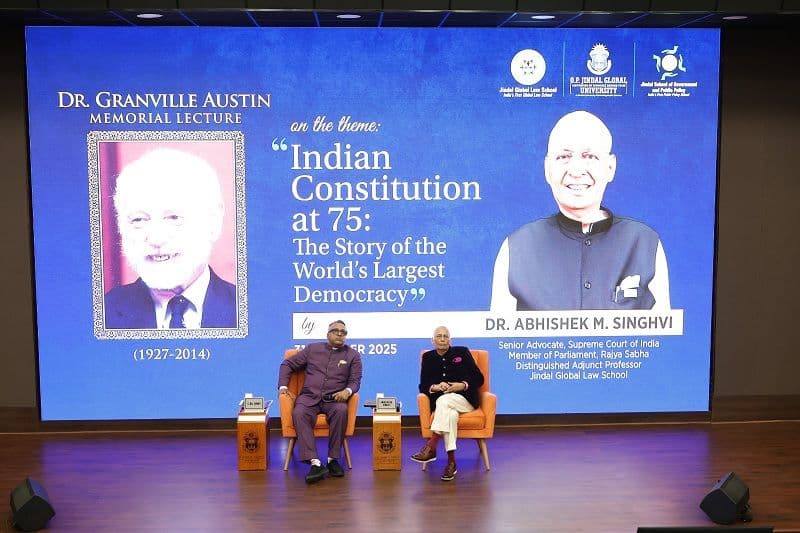As of July 2025, the aviation industry faces escalating risks, exemplified by the June 13, 2025, Air India Boeing 787-8 crash in Ahmedabad, which claimed 241 lives and triggered a $250 million insurance payout. Globally, airlines like Air India, SpiceJet, and Akasa grapple with rising costs from accidents, geopolitical tensions, and operational challenges. These risks drive up insurance premiums, impact ticket prices, and strain airline finances.
In This Article:
Financial Fallout of Aviation Risks
The Air India crash highlighted the staggering financial toll of aviation disasters. The hull loss of the Boeing 787, valued at $75–80 million, combined with passenger liability under the Montreal Convention (₹1.5–₹1.8 crore per passenger, totaling ₹360–₹430 crore for 241 victims), pushed the payout beyond India’s annual aviation insurance pool of ₹1,000–₹1,100 crore. Tata Group announced ₹1 crore compensation per family, plus ₹25 lakh interim relief, but full settlements may take years, pending investigations. Global reinsurers like Swiss Re and Munich Re, handling 90–95% of Air India’s $20 billion policy, face a 10–30% premium hike, raising annual costs from $30 million. These costs may translate to higher ticket prices, delayed fleet upgrades, or reduced services, especially for budget carriers.
Operational and Geopolitical Risks
Beyond crashes, aviation faces diverse risks: fuel price volatility (30% of costs, with a $1/barrel rise costing $1 billion globally), pilot shortages (790,000 needed by 2040), and aging infrastructure causing delays and ground accidents ($10 billion annually). Geopolitical tensions, like the Ukraine war, lead to airspace closures and higher war risk premiums. Cyber threats and drone-related near-misses (125 in UK airspace in 2018) further complicate safety. The 2019 US government shutdown cost airlines like Delta $25 million due to reduced staffing, showing how external factors disrupt operations.
Human and Social Costs
The human toll is profound. Less than 3% of Indians hold personal accident insurance, relying on airline compensation, which delays recovery for families. Runway incidents, costing $500 million monthly globally, underscore the need for better safety protocols. Social media posts on X noted India’s “high-risk” status post-crash, potentially tightening global aviation policy negotiations.
Mitigating the Costs
Airlines employ Safety Management Systems (SMS) to identify hazards, assess risks, and implement mitigations, as mandated by ICAO. Tools like EASA’s proposed TOPMS could cut runway excursions by 40%, saving $360 million annually. Enhanced risk modeling, factoring in war risks and infrastructure, and increased passenger insurance awareness could reduce financial exposure.
The cost of risk in aviation—financial, operational, and human—demands proactive management. From insurance payouts to geopolitical disruptions, airlines must balance safety and profitability. As risks evolve, adopting modern tools and policies will be crucial to safeguard lives and ensure the industry’s resilience.
-By Manoj H




